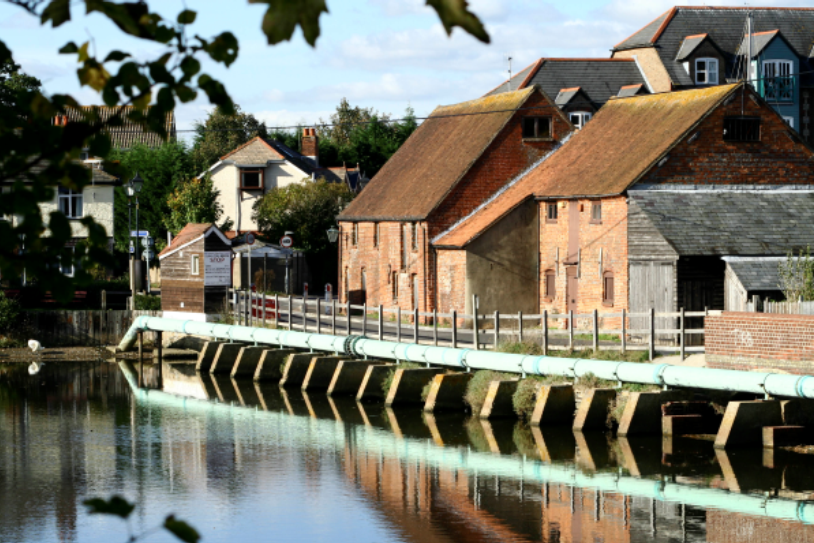
TE5: Design Principles
Policy Ideas
This policy will translate a number of the Design Strategy and Framework outputs into design guidance to create a set of parish wide principles. The work to date has indicated that good quality design, climate change resilience and energy efficiency standards within new buildings are important. Also of importance is enabling the development of a distinctive character to develop in Totton and Eling over time, retaining and celebrating heritage assets as well as promoting innovative architecture.
Development proposals will need to demonstrate awareness of, and how they respond to, the principles, which are summarised as follows:
- Energy Efficiency Standards. The SG has indicated that energy efficiency is key in new development so policy wording could state that all development should be ‘zero carbon ready’ by design to minimise the amount of energy needed to heat and cool buildings through landform, layout, building orientation, massing and landscaping. Consideration should be given to resource efficiency at the outset and whether existing buildings can be re-used as part of the scheme to capture their embodied carbon.
- Encourage Good Quality Design. There are many facets to this but using a recognised design assessment tool such as the Building for a Healthy Life (BHL) design assessment tool (or equivalent methodology) could be utilised as a basis for this policy to create and inform design principles including:
- Integrated Neighbourhoods, limiting environmental impacts and including natural connections (including wildlife corridors and habitat enhancements such as bat boxes and hedgehog routes), Active Travel (See TE8), access to facilities and services and creating homes for everyone
- Distinctive Places, making the most of what’s already there, creating memorable character, well defined streets, and spaces and places which are easy to find your way around.
- Streets for All, well integrated car and cycle parking, including green and blue infrastructure ( See TE2) and designing clear private and public spaces.
- Public Art. Strengthening and renewing the distinctive character of Totton and Eling, through the use of public art (including interactive experiences such as heritage trails and play spaces) in major developments, to reflect the heritage, landscape and wildlife of the local area, surrounded by the New Forest and the River Test, illustrating its shipbuilding past, its waterside setting and the Tide Mill.
What Next?
Do you have any comments on this policy area?